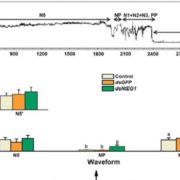
A Salivary Effector Aids in Brown Planthopper Feeding on Rice Plants
Plant Physiology, Plant Physiology: On The Inside, Research0 Comments
/
Herbivory-induced plant cell wall modifications play an important role in deterring herbivory. Modified cell walls not only act as physical defenses against herbivores by enhancing the mechanical hardness of plant tissues but also reduce the digestibility of food for herbivores, thereby functioning as…
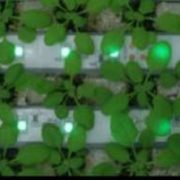
Upcoming Plant Physiology Focus Issues
Plant Physiology: Editorials
Focus Issue on Cellular Dynamics (January 2018)
Editors: Dan Szymanski, Diane Bassham, Teun Munnik, and Wataru Sakamoto
Submission Deadline: June 5, 2017
To be published in January 2018, this focus issue will provide a series of invited Update Reviews on hot topics in plant cell biology,…
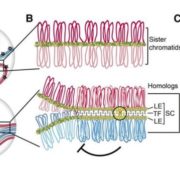
Update: Understanding and Manipulating Meiotic Recombination in Plants
Plant Physiology, Plant Physiology: Updates, ResearchAbstract
Meiosis is a specialized cell division, essential in most reproducing organisms to halve the number of chromosomes, thereby enabling the restoration of ploidy levels during fertilization. A key step of meiosis is homologous recombination, which promotes homologous pairing and generates crossovers…
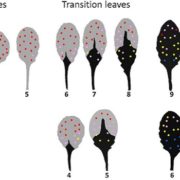
Heteroblastic Development of Transfer Cells: A Role for MicroRNA
Plant Physiology, Plant Physiology: On The Inside, ResearchTransfer cells (TCs) play critical roles in membrane transport of solutes at various sites within plants and between plants and their environment. This transport capacity is conferred by inward wall protuberances that extend into the cell lumen. These ingrowths function to enhance the area of surrounding…

Toward Designing Tulips for a Warmer World
Blog, Plant Physiology, Plant Physiology: On The Inside, ResearchMost cultivated tulips (Tulipa gesneriana) are produced in The Netherlands, which has a temperate climate resembling the Central Asian climate in which they originated. The growth cycle of cultivated tulips starts in autumn, when the bulbs are planted in the field. At that time, all organs, including…
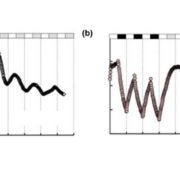
Early evolution of the land plant circadian clock
Plant Science Research Weekly, ResearchClocks in green algae have been described as simple two-gene loops, while clocks in angiosperms have evolved to complex interlocked loops. This striking jump in complexity led Linde et al. to investigate the clocks in bryophytes and charophytes to shed light on this transition. First, through the sequence…
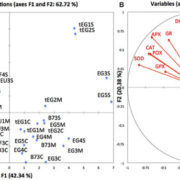
High levels of antioxidants correlate with leaf growth in drought tolerant maize
Plant Science Research Weekly, ResearchDrought tolerance is a complex trait, and Avramova et al. show that there is more than one way to be drought tolerant. Specifically, they investigate the role of antioxidants in supporting leaf growth in several varieties of drought tolerant maize. As compared to the tolerant lines, drought sensitive…
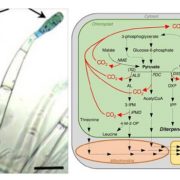
Photosynthetic trichomes contain a specific Rubisco with a modified pH-dependent activity
Plant Science Research Weekly, ResearchRubisco (Ribulose-1,5-biphosphate carboxylase/oxygenase) is the key enzyme in photosynthetic carbon fixation. In C3 plants, the enzyme is usually found in mesophyll cells and guard cells, but it also can be found in photosynthetic glandular trichomes such as those found in tobacco. Laterre et al. used…
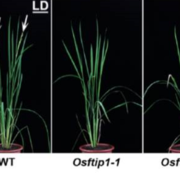
OsFTIP1 is required for transport of rice flowering signal (florigen)
Plant Science Research Weekly, ResearchFlowering at the right time of year is crucial for plant reproductive success, so in many plants the transition to reproductive growth is sensitive to daylength. In recent years, the daylength-responsive signal that moves from leaves to the shoot apical meristem, florigen (encoded by FLOWERING LOCUS…

